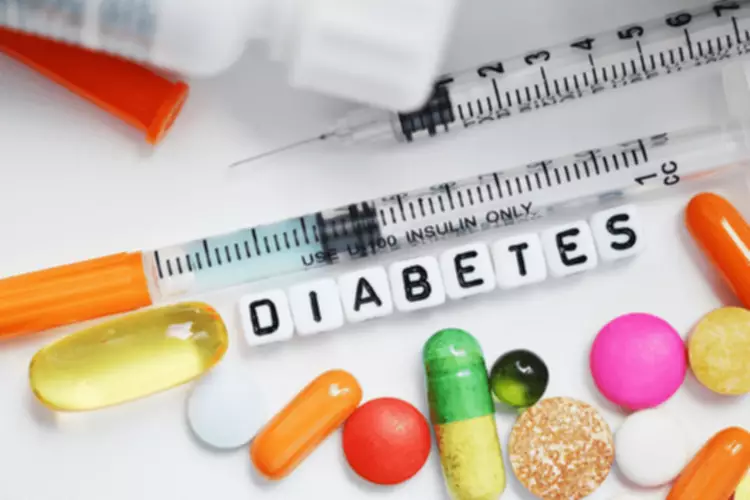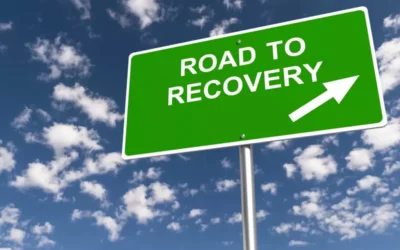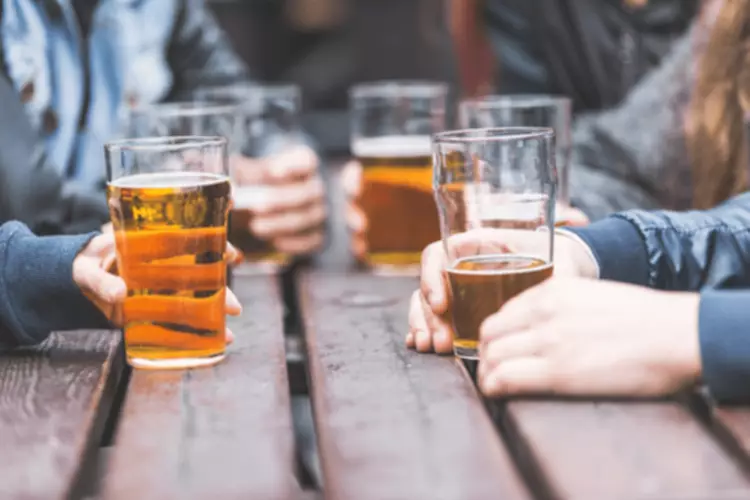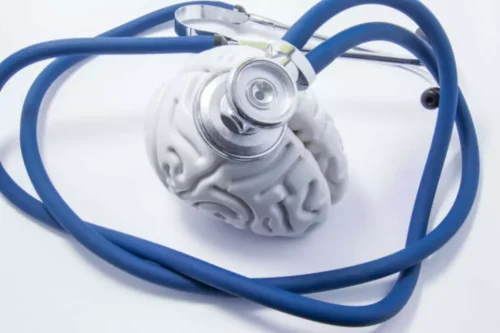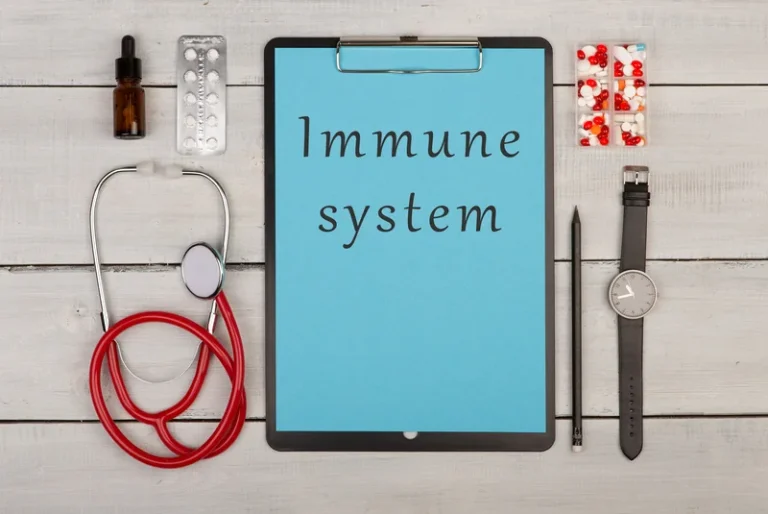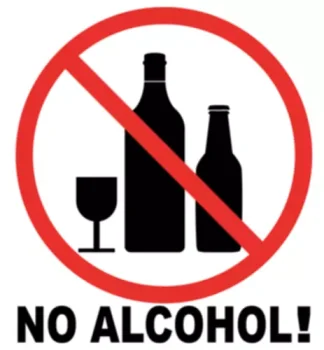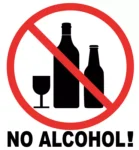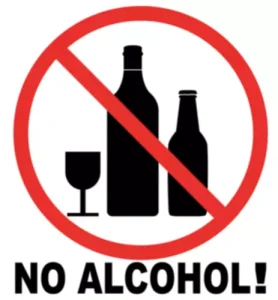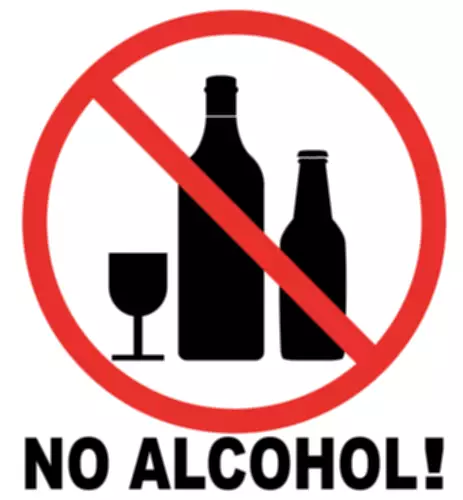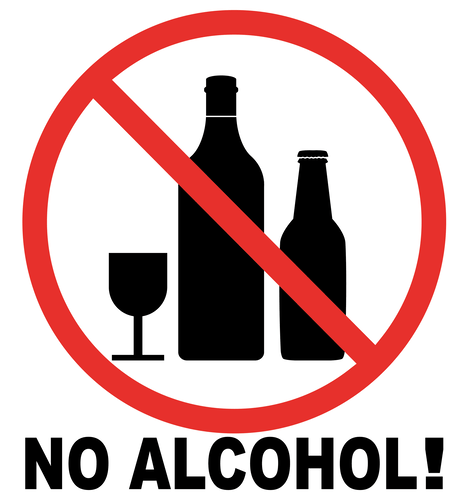If you’re affected by both bipolar disorder and alcohol use disorder, there are many pathways to recovery. It may not always be the easiest road, but there are people who are ready to help you navigate it. Seek the advice of a medical professional before taking medication to treat bipolar disorder. Certain drugs lsd: what to know have the potential for overdose and can become extremely dangerous to use when paired with another medication or common substance such as alcohol. If you or a loved one are struggling, you should know that treatment is available to help you take back control and begin a healthier and more productive life.
- As a result of this process, a number of evidence-based psychotherapies have been developed for BD and for alcohol dependence.
- This cycle of instability can lead to a more challenging prognosis and poorer treatment outcomes.
- They concluded that this finding is in accordance with results of clinical studies that suggest alcoholism is often a complication of bipolar disorder rather than a risk factor for it.
- A sequential approach addresses the primary concern and subsequently treats the comorbid disorder, whereas a parallel approach manages both at the same time but in different surroundings.
What Are the Effects of Alcohol on the Body?
Because of this, people with both conditions may not get the full treatment they need at first. Even when researchers study bipolar disorder or AUD, they tend to look at just one condition at a time. There’s been a recent trend to consider treating both conditions simultaneously, using medications and other therapies that treat each condition. Bipolar disorder and alcohol use disorder, or other types of substance misuse, can be a dangerous mix. Also, having both conditions makes mood swings, depression, violence and suicide more likely.
Risk factors for alcohol use disorder
For both conditions, a healthcare provider usually performs a physical and psychological health assessment. If your pattern of drinking results in repeated significant distress and problems functioning in your daily life, you likely have alcohol use disorder. However, even a mild disorder can escalate and lead to serious problems, so early treatment is important. Patients with citalopram-treated MDD and alcohol or drug abuse responded about as well as those without an SUD. However, those with alcohol and/or drug abuse had reduced rates of remission, and their remission was delayed, as compared with those without alcohol or drug abuse. There were more suicide attempts and psychiatric hospitalizations among the cohort with drug abuse.
Psychological effects
Treating depression with selective serotonin reuptake inhibitors (SSRIs) had variable results. Most SSRIs improve depression severity but largely have no effect on drinking outcomes. Drinking alcohol on a regular basis can also lead to dependence, which means your body and brain have grown used to alcohol’s effects. As a result, they eventually need to drink more to notice the same effects they once did.
Many reputable rehab centers create treatment plans for each condition that work independently to help the patient learn coping strategies to manage each disorder. Additionally, the treatment plans may intertwine with one another as certain disorders often co-occur and can be the cause or result of one another. Moreover, substance abuse, including alcohol misuse, can complicate the treatment process.
Thinking of themselves as having a single disorder aids in the process of acceptance. As a result of this process, a number of evidence-based psychotherapies have been developed for BD and for alcohol dependence. Similarly, motivational enhancement therapy, twelve-step facilitation therapy, and cognitive-behavioral relapse prevention therapy performance-enhancing drugs know the risks have all been shown to be effective in the treatment of alcohol dependence (Project MATCH Research Group, 1997). As a result, little psychotherapy research has focused on patients with co-occurring BD and alcohol dependence. Understanding the relationship between alcohol and bipolar mania is crucial in managing the disorder effectively.
Researchers haven’t identified a clear link between bipolar disorder and AUD, but there are a few possibilities. Treatment for these conditions will depend on several factors and may include inpatient or outpatient programs. If you or someone you know are having suicidal how to recognize the signs of intoxication with pictures thoughts, dial 988 to contact the 988 Suicide & Crisis Lifeline and connect with a trained counselor. But as you continue to drink, you become drowsy and have less control over your actions. Seizures, hallucinations, and delirium may occur in severe cases of withdrawal.
In one study, depressed, recently abstinent alcohol users were randomly assigned to receive sertraline 100 mg daily or placebo.39 Significant improvement was noted in HDRS and Beck Depression Inventory scores at 3- and 6-week intervals. Chronic drinking can affect your heart and lungs, raising your risk of developing heart-related health issues. The connection between alcohol consumption and your digestive system might not seem immediately clear.
For individuals living with bipolar disorder, this internal war is all too familiar. And when alcohol enters the picture, the battleground becomes even more treacherous. If you have bipolar disorder, AUD, or both, talk to your doctor about treatment options that will work for you. Combining alcohol with mood stabilizers is not recommended, as the interactions can cause increased drowsiness, memory issues, impaired judgment, or liver problems.
The relationship between alcohol and bipolar disorder is complex and can tip the scales of mood, medication effects, and overall mental wellness. This detailed guide explores how alcohol can affect those with bipolar disorder and the risks of use. Excessive and chronic alcohol use can have severe repercussions for individuals with bipolar disorder. It can worsen the overall course and progression of the disorder, leading to more frequent and prolonged episodes. Prolonged alcohol abuse can also increase the risk of developing rapid cycling, a pattern characterized by four or more distinct mood episodes within a year, further complicating the management of bipolar disorder. One common misconception is that alcohol can stabilize mood fluctuations in individuals with bipolar disorder.
Quetiapine add-on to treatment as usual (TAU) had no effect on any alcohol-related outcomes, but produced a faster and significantly greater decrease of depressive symptoms. This finding is of note as many antidepressant treatment modalities are less effective in BD patients with comorbid AUD. The lack of efficacy of quetiapine against AUD was also confirmed in another placebo- controlled study (120). No controlled data for other aAP or antidepressants have, so far, been generated (see Table 1). Both bipolar affective disorder (BD) and substance use disorder (SUD) are wide-spread in the general population. Most epidemiological and treatment studies were conducted according to DSM-IV or ICD-10 criteria that distinguishes between substance abuse and dependence as diagnostic entities on its own.

